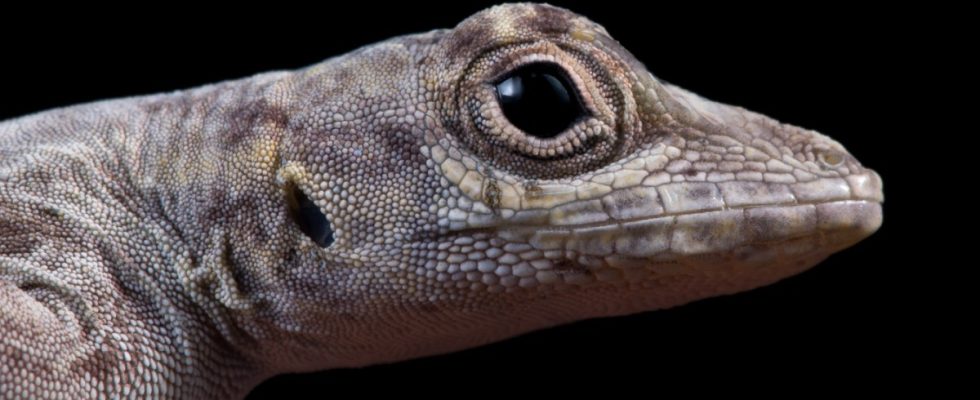Charles Darwin was a skeptic. Also towards his own research results. In the sixth chapter of his book “On the Origin of Species” he dealt exclusively with problems and inconsistencies in his theory of evolution. “Some of them are of such weight that to this day I cannot think of them without becoming to some extent unsteady,” he wrote. Some of the “difficulties of theory” mentioned by Darwin have not been resolved to this day.
A team led by James Stroud from the School of Biological Sciences at the Georgia Institute of Technology has now looked into one of these problems, the “paradox of stasis”. It’s about the observation that animal fossils are often very similar in appearance – even if they are millions of years apart. At first glance, this seems to be a contradiction to Darwin’s theory of evolution, which states that species adapt to changes in their environment and thereby also change, including in their appearance. Shouldn’t these changes also be reflected in fossil finds?
The researchers hunted lizards with a lasso
In order to get to the bottom of this apparent contradiction, Stroud and his team conducted a long-term study, the ones in the science journal PNAS has appeared, the evolutionary processes at work on different species of lizards on a small island at the Fairchild Tropical Botanic Garden in Florida. Lizards are known for the fact that their appearance has hardly changed over the last million years.
In 2015, scientists went hunting for lizards for the first time. Using a kind of mini-lasso, they captured 1,692 animals from four different species and brought them to the laboratory. There, the lizards were thoroughly measured based on ten physical characteristics. Height and weight were determined, but also the shape of their head, the length of their legs and many other characteristics. The researchers were even interested in how sticky the animals’ feet were. Additionally, each lizard was tagged with a chip and then released in the exact same location where it was captured.
The researchers repeated this procedure four more times, every six months. Using the chip, they were able to recognize the animals individually and therefore knew which of them had probably died because they could no longer find them. When they analyzed all of this data, the scientists were surprised to find that evolution in lizards was happening extremely quickly.
James Stroud catches a lizard for study.
(Photo: Neil Losin; Day’s Edge Prods/Neil Losin)
All living things compete for food and space. Those who are best adapted to the environment have the greatest chance of survival. Less well-adapted creatures die. The researchers were able to observe all of this in the lizards in Florida within just three years. In one year, for example, specimens with longer legs survived. The next year, animals with short legs had an advantage because environmental conditions had changed. It went back and forth like that the whole time. “In the long term, however, these effects canceled each other out,” the researchers wrote in their study. The bottom line is that the appearance of the animals did not change during the study period.
Creationists believe fossils are remnants of the Flood
“Evolution happens and is a constant process,” the scientists write in their study. But that doesn’t necessarily mean that things will change in the long term. “In the long term, there seems to be a stabilizing effect,” says Jakob Hallermann, who studies evolution at the Leibniz Institute for the Analysis of Biodiversity Change in Hamburg and was not involved in the study.
Contrary to what most evolutionary biologists assume, according to the study authors, this stabilizing effect is not based on the fact that, over time, animals become established that can cope reasonably well with all kinds of environmental changes. Rather, at least in the case of lizards, evolution seems to react very quickly to environmental changes and to produce fluctuations up and down, similar to the weather. The researchers don’t know what exactly stabilizes the animals’ appearance over a long period of time.
However, the study shows that the constant appearance of fossils is not a contradiction to the theory of evolution. In doing so, she also takes the wind out of the sails of Darwin’s critics, who use gaps to torpedo the theory. Creationists, for example, who consider fossils to be remnants of the Flood and use the paradox of stasis as an argument that evolution does not even exist. According to creationists, the development of life is controlled by a supernatural intelligent being. Hardliners even take the Bible literally and believe that a Creator actually created the universe, the earth and all living things in six days.
At least lizards provide no arguments for this.

